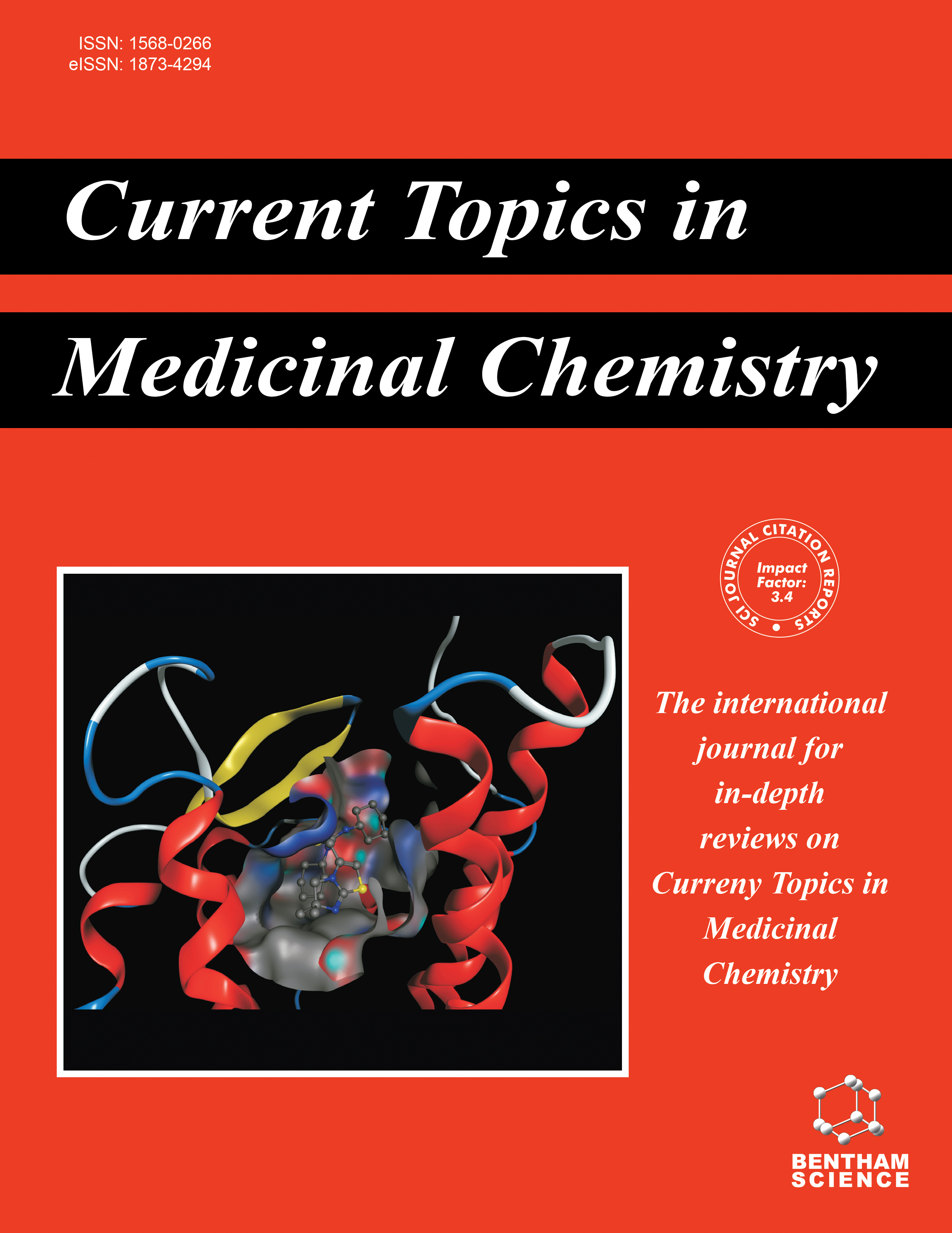
Full text loading...
We use cookies to track usage and preferences.I Understand
In this study, we have synthesized 19 Thiazolidine (TZD) derivatives to investigate their potential anti-ZIKV effects.
Nineteen thiazolidine derivatives were synthesized and evaluated for their cytotoxicity and antiviral activity against the ZIKA virus.
Among them, six demonstrated remarkable selectivity against the ZIKV virus, exhibiting IC50 values of <5µM, and the other compounds did not demonstrate selectivity for the virus. Interestingly, several derivatives effectively suppressed the replication of ZIKV RNA copies, with derivatives significantly reducing ZIKV mRNA levels at 24 hours post-infection (hpi). Notably, two derivatives (ZKC-4 and -9) stood out by demonstrating a protective effect against ZIKV cell entry. Informed by computational analysis of binding affinity and intermolecular interactions within the NS5 domain's N-7 and O'2 positions, ZKC-4 and FT-39 displayed the highest predicted affinities. Intriguingly, ZKC-4 and ZKC-9 derivatives exhibited the most favorable predicted binding affinities for the ZIKV-E binding site.
The significance of TZDs as potent antiviral agents is underscored by these findings, suggesting that exploring TZD derivatives holds promise for advancing antiviral therapeutic strategies.

Article metrics loading...

Full text loading...
References


Data & Media loading...
Supplements

